Why Are Roosters On Weathervanes?
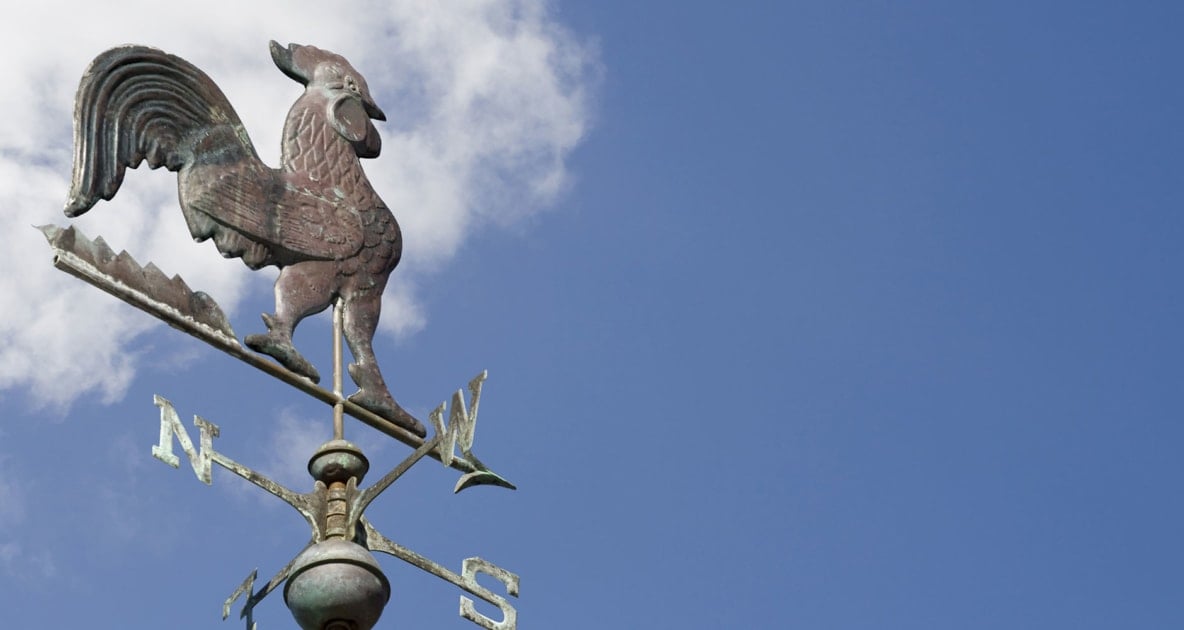
No matter where you live or where you’ve traveled, a weathervane adorned with a rooster, also known as a weathercock, is a common sight — on barns, cupolas, steeples, and rooftops. But why a rooster? The answer to that question dates back more than a thousand years, perhaps even longer.
Ancient Origins of Weathervanes
Originally, people tied strings or cloth to the tops of buildings so that they could see which way the wind was blowing. Later, banners became a popular ornament, and that’s where we get the “vane” in weathervane; an Old English word that meant “banner” or “flag.”
One of the earliest examples of an actual weathervane — not simply a piece of cloth or a banner — was atop the Tower of the Winds, a First Century B.C. octagonal tower in Athens, Greece that was topped by a bronze wind vane in the shape of Triton, the sea god. This vane was designed so that Triton, who was holding a rod in his hand, would turn so that the rod pointed in the direction of the blowing wind.
Before too long, weathervanes, like the one atop the Tower of the Winds, spread throughout Europe, featuring prominently on top of towers and church steeples. They had a variety of different adornments — often a cross or an image of a patron saint, if the weathervane was on a church or cathedral — but they all served the same purpose, which was to turn and point in the direction of the wind.
St. Peter and the Rooster
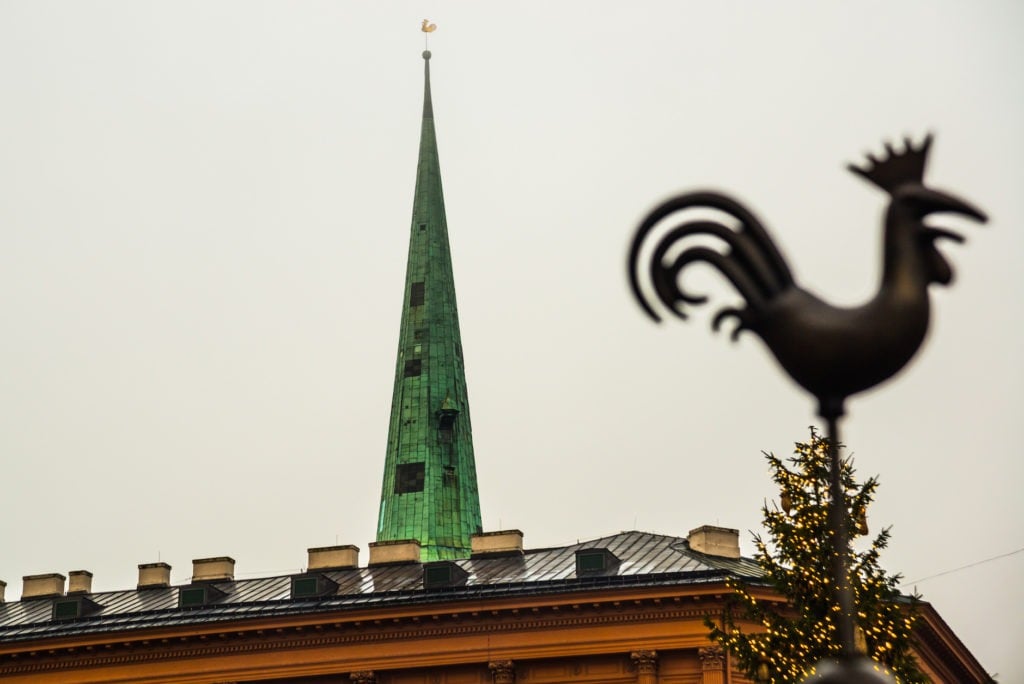
To understand how the rooster took over as the favorite weathervane topper, it is important to tell the story of St. Peter after the Last Supper. In the biblical passages describing these events, it was said that Peter would deny Jesus three times “before the rooster crowed.” Because of this, the rooster became known to Christians as the symbol of St. Peter.
Sometime between 590 and 604 A.D., Pope Gregory I, took this a step farther, declaring that the rooster, emblem of St. Peter, was the most suitable symbol for Christianity. It is thought that this declaration led to the first roosters appearing on top of weathervanes.
The Rooster Becomes Law
In the 9th century, Pope Nicholas made the rooster official. His decree was that all churches must display the rooster on their steeples or domes as a symbol of Peter’s betrayal of Jesus. In accordance with the decree, churches started using weathervanes with the rooster.
As centuries went by, the rule about placing roosters atop churches went by the wayside, but roosters stayed on weathervanes. European settlers brought weathervanes wherever they traveled, including to the New World. Nowadays, you’ll find weathervanes — mostly with roosters, but sometimes with other symbols — topping buildings throughout the United States, Europe and elsewhere.
Oldest Weathervane
One of the most famous weathervanes in the world also happens to be the oldest weathervane in existence. This would be the Gallo di Ramperto, which is currently housed in Brescia, Italy’s Museo di Santa Giulia. This copper rooster dates back to between 820 and 830 A.D. It once sat atop the San Faustino Church bell tower in Brescia.
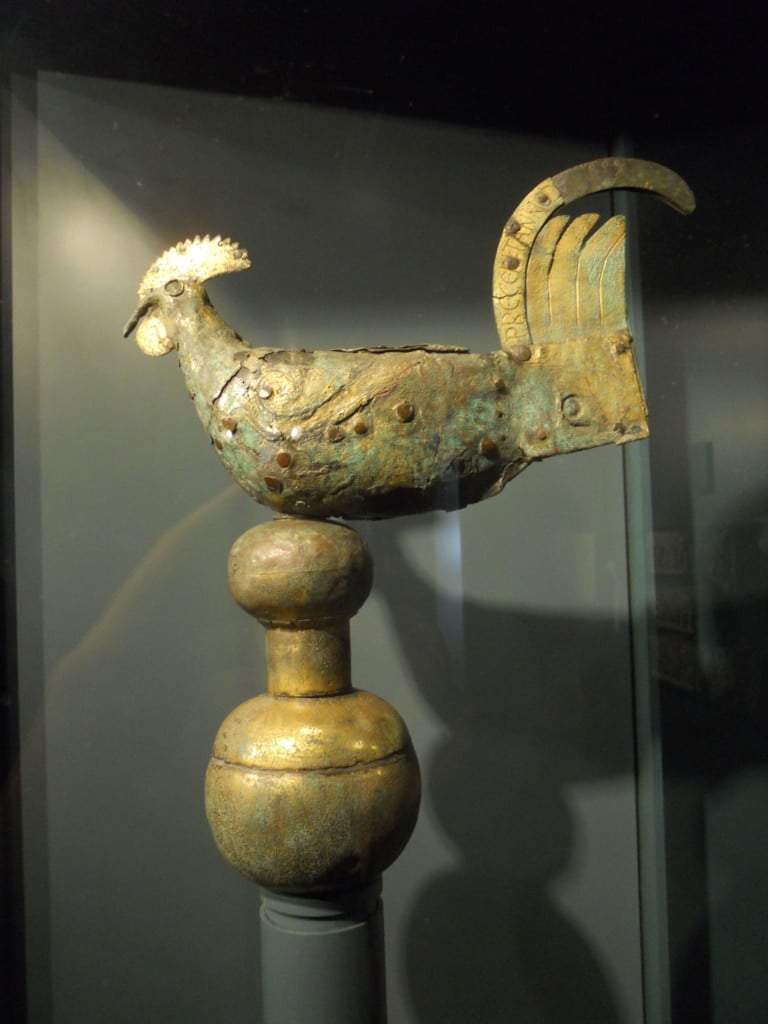
So while today weathervanes are mostly ornamental, and we usually rely on our evening meteorologists to tell us the direction of the wind, the iconic weathervane is a true symbol of Americana.
How Do You Read A Weathervane?
The components of a weathervane are the vane, the mast, and the directionals, which display the four points of the compass — North, South, East, and West. The vane usually resembles an arrow shape (with the rooster on top), which rotates freely and points in the direction the wind is coming from while the directionals remain stationary. So if the rooster and arrow are pointing north, that means the winds are coming from the north, and would be referred to as “a North wind.”

Amber Kanuckel
Amber Kanuckel is a freelance writer from rural Ohio who loves all things outdoors. She specializes in home, garden, environmental, and green living topics.





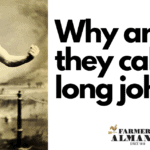
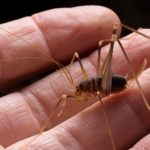
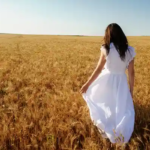

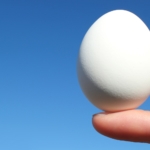


Am I missing something? This does not make sense, there is nothing in the article about “Americana”: <>
We have a train weather vane since my husband does garden railroading with G scale trains in our yard. Thanks for the info on them. It was very interesting.
Thanks once again for your interesting article on the weathevane, its meaning and message beihind it. Your articles are always so interestin and positive.
Why do some weathervane have an “O” on it and what is its meaning?
Just heard a clip about “o” on a weathervane and wondered what it meant and if that told the age of it.
I would think that if the wind was coming from the north the weathervane and rooster would turn to whatever way the wind blows it; but certainly not into the wind.
The weathervane is made to point into the wind. The front facing side weighs less than the back facing side. Thus, the heavier side faces opposite the side the wind is coming from.
Living in New England, I always saw the red barn, weather vane roosters…never wondered if they were of an origin …thank you for this article and actually all of them.
Even before we got home (…just did…) from a three week journey to Europe (…long beautiful story as to why…), and hiking through the countryside in Germany where some good friends lived, I asked about the rooster on churches. They had some good explanation…and yours was even better…thank you!!! In France, Switzerland and Germany…the latter where we were for a week with our 98yo hero of a brother-in-law who was in the first landing craft on Normandy on DDay 75 years ago…I noticed that roosters seemed to be more on Protestant churches than any other…is that correct…or what I just paying enough attention? And…keep up your good work in here…….thanx!!!
Thanks, Wes! We appreciate the feedback. Glad you had such a nice adventure!
‘@Keith- Poseidon was the father of Triton. Triton was the messenger of the Sea, which is probably why he was associated with wind/on weather vanes.
The three-pronged weapon you’re thinking of is a typically referred to as a trident. Easy mistake for you to make, trident and Triton being similar words and both associated with Poseidon, but it’s good form to make sure you’re not the one that’s wrong before calling out someone else 😉
I enjoyed the article. Thank you for the interesting information.
Why must everyone take something written for simple pleasure and turn it into a religious criticism. So what lady or man who commented about the Catholics, get a life. And so what who cares if poseidon holds a Triton or if the Triton is stuck up your @$$.
Amber Kanuckel, this is such a well-written, clear, concise, informative, and above all, fun article to read. Thank you so much for the history of weathervanes, the story of the roosters inclusion, and especially the last bit on how to read one. Great stuff, Amber!